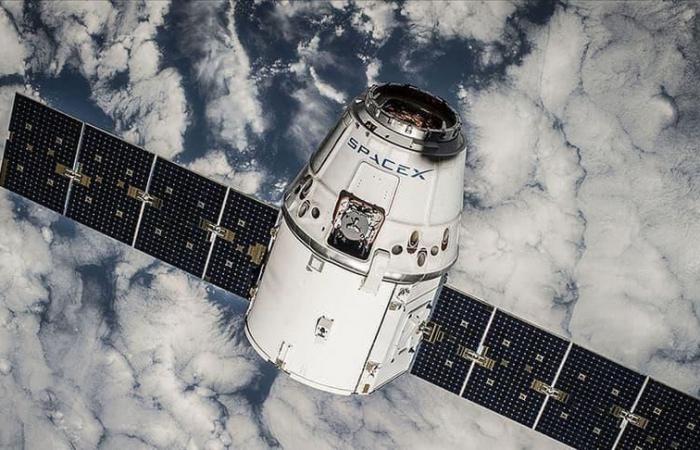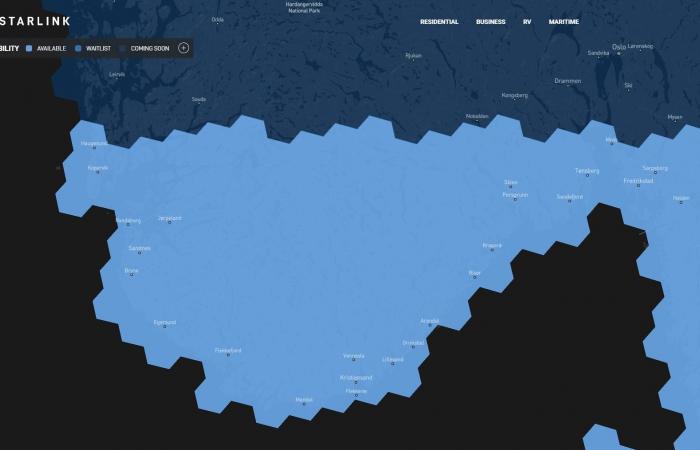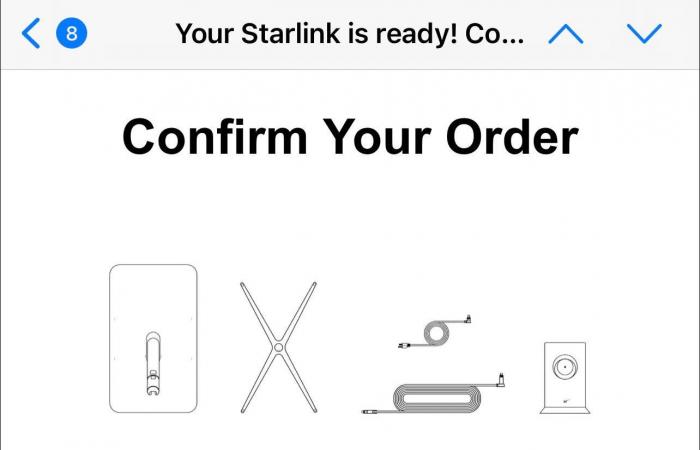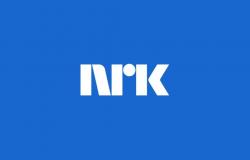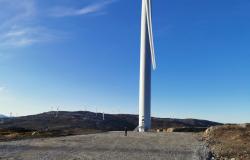The satellite internet can be ordered in the south.
26 August 2022, 09:53

In May, SpaceX, the Elon Musk-owned space company known, among other things, for its reusable rockets, announced that the internet project Starlink was ready to be used outside the United States.
However, Norway was just outside the coverage area of the new, satellite-powered network. We weren’t scheduled to get coverage until next year.
Now, a couple of months later, the company has nevertheless opened to accept orders from the first Norwegian customers.
At least if you live south of Oslo.
An updated coverage map shows that areas south of Haugesund and Moss can be reached with signals from the Starlink satellites that have so far been sent into orbit around the earth.
The rest of Norway can expect coverage during 2023. More satellites are necessary before we get coverage at northern latitudes.


The coverage map of Starlink.
An order confirmation we have been sent shows that a customer in Tønsberg will soon have his equipment delivered.

Starlink customers are sent connection equipment which is a small parabolic antenna with stand, power supply and a WiFi router. This costs in excess of NOK 6,000. The monthly price for the internet subscription itself is NOK 1,049, according to the order confirmation we have seen.
The subscription is locked to one fixed location as standard, but for NOK 240 a month you can take the equipment with you. Then you can get internet signals wherever you travel within the coverage area of Starlink.
The plan with Starlink is to offer internet coverage across the globe. They will achieve this by sending thousands of tiny satellites into orbit around the earth which will provide coverage over most land areas.
Starlink is not intended to replace the fiber network for those living in densely built-up areas, but rather to provide good speeds and stable coverage for those living in densely populated areas. The average speed for American customers last quarter should have been 105 Mbit/s down and 12 Mbit/s up, which must be said to be quite impressive for this type of product.
As the signals are sent via satellite, there is a higher delay in the signals than in landlines and mobile networks, but preliminary figures show that Starlink is significantly faster than other satellite internet providers. On average, customers had a delay of 40 milliseconds (compared to 14 milliseconds for those with a fixed network), while Viasat, for example, should have had a delay of 627 milliseconds – i.e. over half a second.
With 40 milliseconds, for example, you will be able to play a number of games online without significant problems, while a delay of over half a second will make the gaming experience unlivable.
Fiber, on the other hand, can provide as little as one to ten milliseconds of delay.
26 August 2022, 09:53

